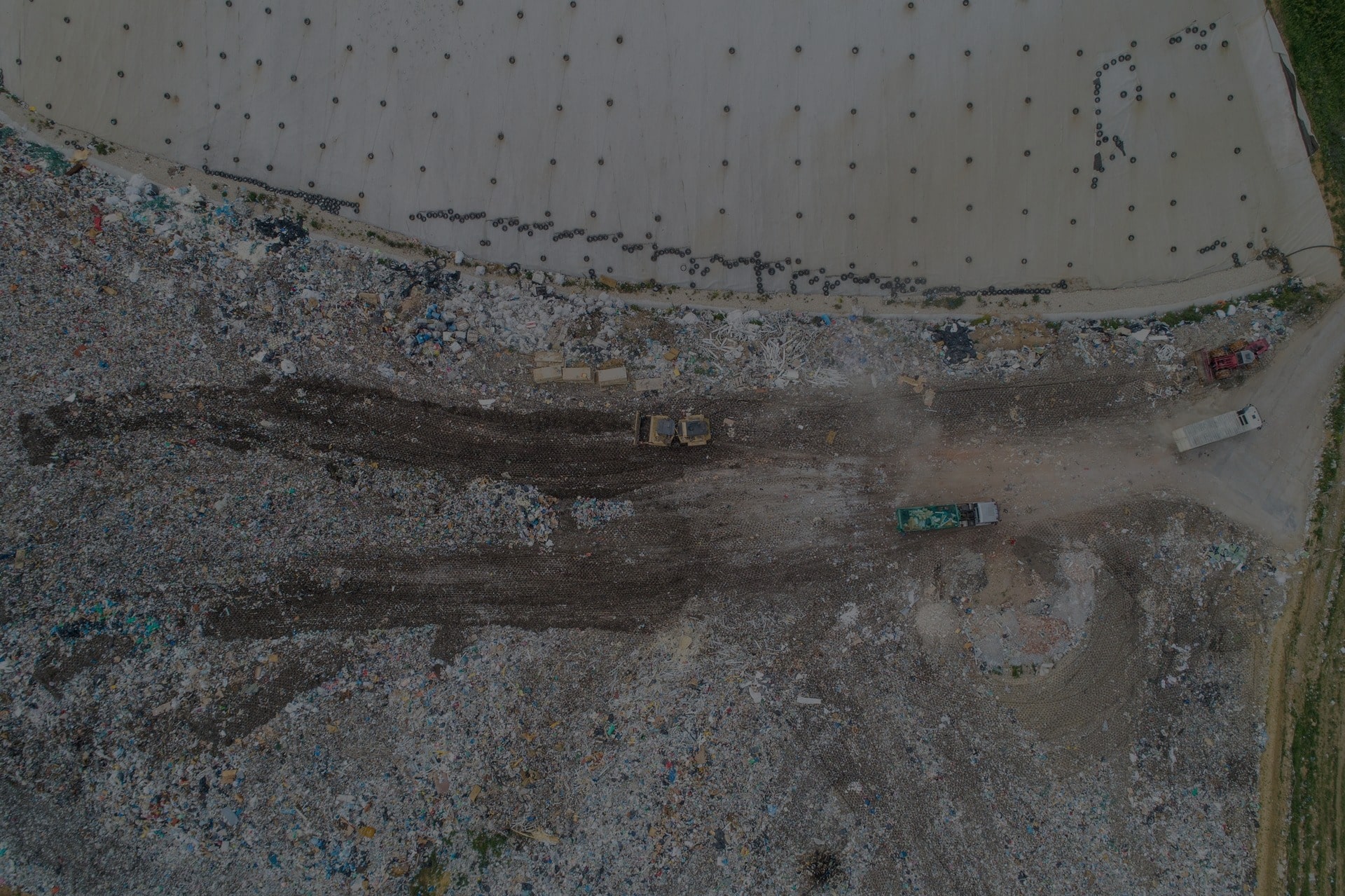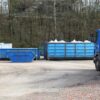Common Trash Disposal Techniques –
Landfill
A place where waste is dumped is referred to as a landfill site, tip, dump, rubbish dump, garbage dump, or dumping ground. Although the systematic burying of the waste with daily, intermediate, and ultimate covers didn’t start until the 1940s, landfills are still the oldest and most popular method of waste disposal. In the past, trash was simply piled up or dumped into pits; this is referred to as a midden in archaeology.
Some landfill sites are utilized for waste management activities such transient storage, consolidation, and transportation as well as for various stages of waste material processing like sorting, treatment, and recycling. Landfills may experience intense shaking or ground liquefaction during an earthquake if they are not stabilized. A landfill site’s roof may be reused for other purposes once it is full.
Incineration
Solid organic wastes are subjected to burning during the incineration process, which turns them into residue and gaseous waste products. Both municipal solid trash and solid waste from waste water treatment can be disposed of using this method. By using this method, solid waste volumes are reduced by 80 to 95 percent. The term “thermal treatment” is sometimes used to refer to incinerators and other high temperature waste treatment methods. Waste materials are converted into heat, gas, steam, and ash in incinerators.
Both small-scale incinerators and large-scale industrial incinerators burn waste. Waste that is solid, liquid, or gaseous is disposed of using it. It is acknowledged as a useful technique for getting rid of some hazardous trash (such as biological medical waste). Due to problems including the production of gaseous pollutants, including significant amounts of carbon dioxide, incinerating garbage is a contentious technique of waste disposal.
Since the facilities often do not need as much space as landfills, incineration is common in nations like Japan where land is more limited. Facilities that burn waste in a furnace or boiler to produce heat, steam, or electricity are referred to as “waste-to-energy” (WtE) or “energy-from-waste” (EfW) facilities. There have been worries about contaminants in the gaseous emissions from incinerator stacks because combustion in an incinerator is not always ideal. A lot of attention has been paid to several very persistent organic compounds that could be produced and could have detrimental effects on the environment, such as dioxins, furans, and PAHs, as well as some heavy metals that could be released during burning, such as mercury and lead.
If you need help disposing of your trash in Florida, contact us today. We offer dumpster rentals and waste management services. Call or message us now.






